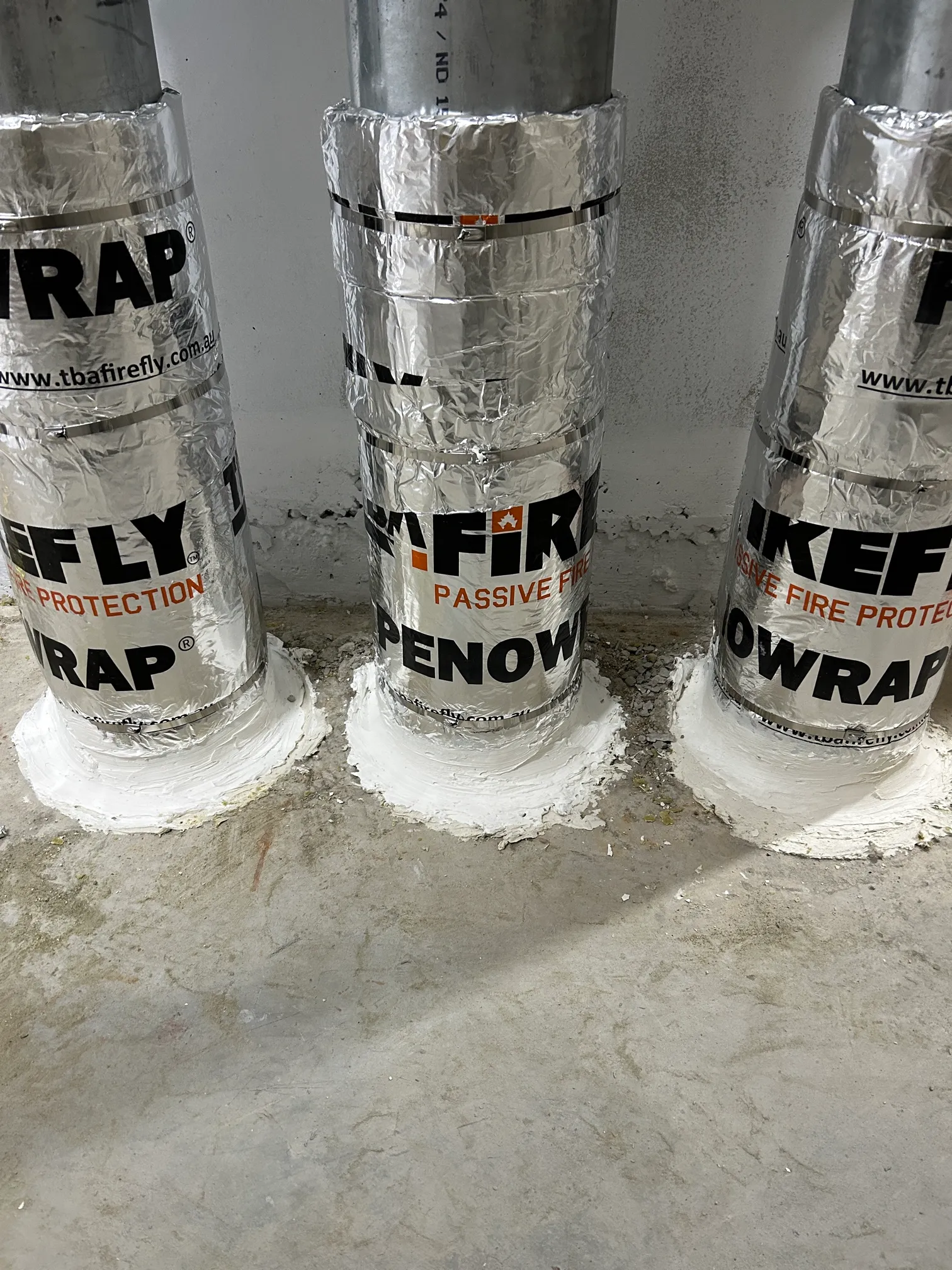
At IECC, we understand that passive fire protection is not just about materials and installations; it's also about having the right documentation in place to safeguard your building against potential risks. Our Passive Fire Documentation service is designed to provide you with the necessary documentation to mitigate future liabilities and ensure a seamless transition between project phases.
Our team at IECC goes beyond mere documentation; we offer comprehensive solutions tailored to your project's unique needs. From registering fire system plans before project commencement to advising on the timing of audits and defect reports, we provide end-to-end support to ensure regulatory compliance and peace of mind.
A Passive Fire Report is an essential document that records all passive fire protection elements installed within a building. It ensures that critical fire protection components like fire-rated walls, floors, ceilings, doors, and other barriers are properly installed and maintained, serving as a testament to the building's fire safety readiness.
Passive fire protection is crucial for the safety of occupants and the preservation of property. Here are some key reasons why it is essential.
Building codes mandate specific fire safety standards. A Passive Fire Reporthelps ensure your building meets these requirements. Non-compliance canlead to hefty fines or even closure of the building.
Effective passive fire protection systems can significantly lessen the extent of damage caused by a fire. This translates to lower repair costs and faster business recovery, reducing financial burdens
The primary function of passive fire protection is to safeguard building occupants during a fire. A Passive Fire Report identifies weaknesses that could hinder safe evacuation or amplify the fire spread, so you to take corrective actions and prioritise occupant safety.
In case of a fire, a documented Passive Fire Report demonstrating adherence to fire safety regulations can strengthen your defence against potential lawsuits from injured occupants or property damage claims.
Passive fire protection is crucial for the safety of occupants and the preservation of property. Here are some key reasons why it is essential.
Reports might lack crucial details like fire resistance ratings of buildingelements or clear identification of non-compliant areas.
Documentation may contain errors or outdated information due to a lack ofproper recordkeeping or changes made to the building that weren't reflectedin the reports.
In some cases, buildings might entirely lack Passive Fire Reports, particularlyfor older structures that haven't undergone recent inspections.












IECC’s qualified fire protection professionals conduct thorough inspections of a building's passive fire systems. This includes evaluating fire walls, doors, dampers, compartmentation, and penetrations to identify any areas that might not meet fire safety standards.
IECC provides comprehensive Passive Fire Reports that clearly outlines the items for compliance, and you can ensure transparency and clarity for building owners.
IECC effectively communicates the importance of proper Passive Fire Documentation to building owners and managers and this is crucial for the compliance of the building.
As trusted third-party auditors, IECC relieves the burden from your service trades by thoroughly researching, assessing, and certifying that every penetration meets Australian standards. Our meticulous approach ensures that all requirements are met and documented in a manner that is easily understandable for both Registered Building Surveyors and project stakeholders.
Maintaining a detailed register of penetrations is essential for ensuring fire safety compliance. Our Penetrations Register service includes comprehensive documentation with test reports, unique IDs, photographs, and service installations. Leveraging advanced tools like Firedoc, we provide central registers with location-referenced evidence reports specific to AS4072.1 compliance, enabling timely rectification of issues before project completion.
We recognise the common challenges faced by clients in navigating passive fire documentation requirements. From disparate registers to delays in certificate production, our team is equipped to address these issues proactively. We ensure that your documentation is presented in an easy-to-read format, keeping abreast of evolving codes and regulations to prevent project delays and compliance issues.
At IECC, we prioritise your project's safety and success. By partnering with us, you can rest assured that your passive fire documentation needs are handled with precision and professionalism. Our commitment to excellence extends to working closely with building surveyors and fire engineers to deliver seamless solutions that meet the highest industry standards.
Contact Us
IECC is your trusted partner for all passive fire protection solutions. Whether you're embarking on a major project or a high-profile development, we have the expertise and resources to meet your documentation needs. Contact us today to learn more about how we can support your project's fire safety requirements.
Contact Us